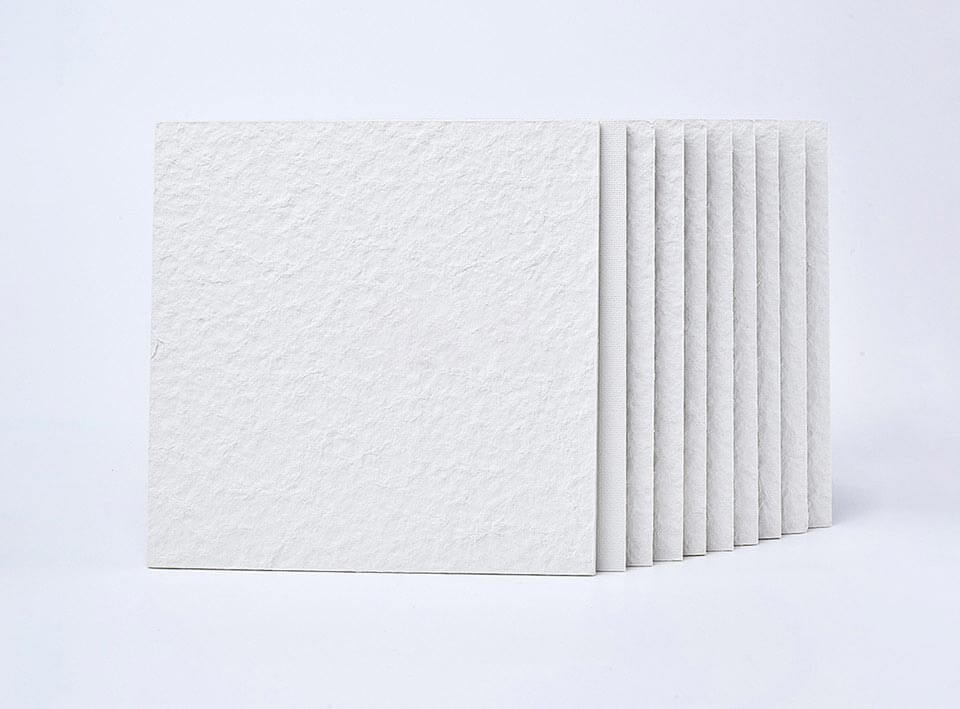Due to the frequent use of high-temperature hot water and steam and other sterilization media in the filtration operation room, the humidity of the space is high, and mold and other microorganisms are easy to grow and reproduce. The cardboard outside the frame is exposed to the air for a long time and it is difficult to effectively clean and sterilize. Soon after installation, mildew will appear, and the color will become dark and black, which affects the appearance and is not conducive to the sanitation of the wine.

To solve this problem, on the one hand, it is necessary to strengthen the ventilation and environmental sterilization of the filter room (fumigation with chlorine dioxide or formaldehyde solution), and at the same time, a 75% alcohol solution can be prepared to spray the board and frame after each use of the cardboard to prevent exposure to the outside. It can achieve good results after cardboard is sterilized. (Follow up with trials.) Under the premise of exploring the appropriate concentration of sterilizing solution, it is also possible to use a lower concentration of chlorinating agent to chemically sterilize the cardboard. However, it is not recommended to use chlorine dioxide or hydrogen peroxide for sterilization because it is not safe to use alcohol sterilizing liquid, and considering that chlorinating agents will destroy the active filter structure of cardboard and the wet-dense agent added during manufacture.